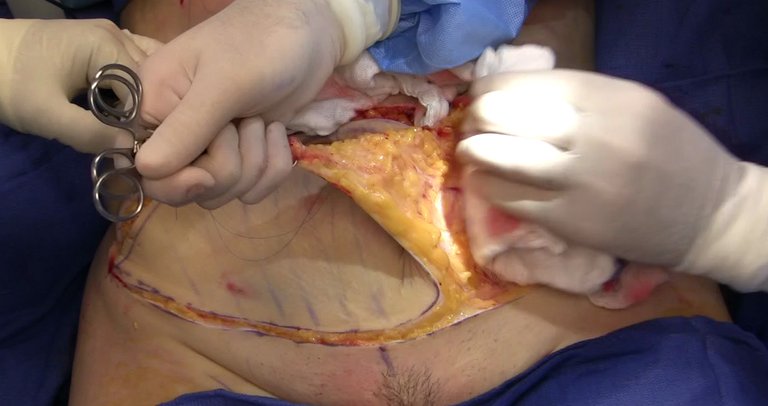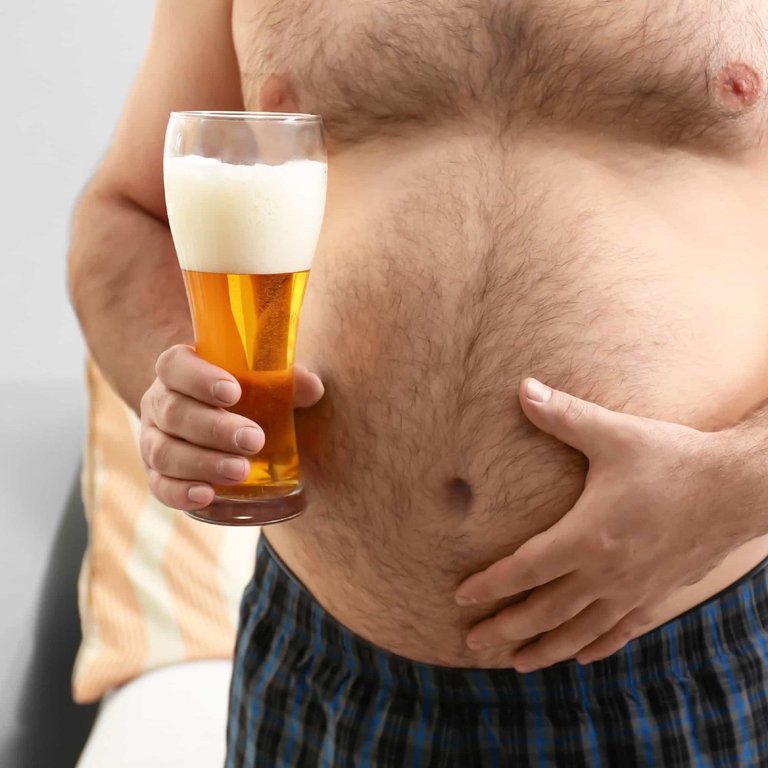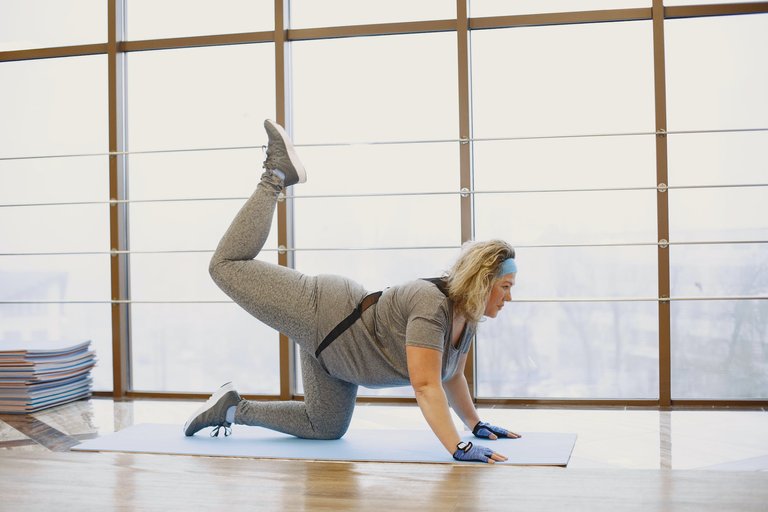The Science of Fat Loss and the Role of Exercise
I have a friend who used to be concerned about her weight, but she managed to shed those extra pounds over time. It's quite common for many people to worry about losing weight and how to burn fat.
When individuals are focused on shedding fat, they typically have their sights set on subcutaneous fat. Subcutaneous fat is the fat located just beneath the skin, often obscuring the muscles in the abdominal area. Many people aim to reduce this type of fat to reveal their well-defined muscles.
Interestingly, while a lot of attention is given to subcutaneous fat, many are unaware of the existence of visceral fat. Visceral fat, on the other hand, wraps around internal organs within the body. This includes the greater omentum, fatty deposits surrounding the intestines, and the fat enveloping the heart.

Just while we worry about subcutaneous fat, visceral fat can be bad as well. It can push on the abdominal wall, and increase the circumference of the waist and this fat can be linked to certain conditions such as type-2 diabetes, metabolic syndrome, high blood pressure, as well as other cardiovascular diseases. Seeing that visceral fat in excess isn't cool, also, subcutaneous fat in excess is a terrible idea, What can we do to stimulate the loss of fat, First, what happens when fat is burned.
When individuals engage in strenuous exercise, they mobilize fat from its storage sites, which can include the abdomen, shoulders, and other areas. Fat tissue is composed of adipocytes, or fat cells, which store fat in the form of triglycerides, a structure consisting of glycerol bonded to three fatty acid chains. To release fat from storage, triglycerides must be broken down, a process facilitated by hormone-sensitive lipase. This enzyme is triggered by substances like epinephrine, norepinephrine, and cortisol, initiating lipolysis which is the breaking down of fat., ,

This results in the release of fatty acids into the bloodstream, where they are transported via albumin since they are insoluble in water. In activities like cycling or running, these fatty acids travel to the femoral arteries, then to the quadriceps, where they enter the mitochondria to generate energy in the form of ATP through aerobic metabolism. It's essential to recognize that fat can only be metabolized in the presence of oxygen, whereas glucose can be metabolized both aerobically and anaerobically.
Compared to carbohydrates, fat produces more energy in the form of ATP, but requires a lot of complexity including pulling it out of its storage, transporting it, and then getting it to the required cell or muscle takes more time. The muscle stores glucose in the form of glycogen, and while it doesn't make lots of ATP per molecule, it is within the muscles and ready for metabolism faster than fat. As fatty acids are continuously taken away from the adipose cells, they become smaller which would lead to the tissue becoming thinner, and that contributes to the loss of body fat. ,

Many people aspire to burn fat through exercise, prompting the question: Is there a definitive way to burn fat through physical activity? The answer hinges on the concept of the "fat-burning zone" and the intensity of exercise. Depending on the type of exercise chosen, individuals may burn a substantial number of calories over the long term. Some sports focus on enhancing muscle endurance and adaptation, which doesn't necessarily lead to muscle enlargement. Conversely, other forms of exercise aim to build muscle without accumulating excess fat. , , ,
While losing fat and weight is one big thing in a lot of people's minds, there are some things that cannot be controlled such as genetics, hormones, and age among others, so it is important when trying to lose it to consider what we can burn and what we take into our body. Taking in fewer calories than we expend is a good way to reduce fat.
The journey to fat loss involves understanding the complexities of different types of fat, their metabolic pathways, and the role of exercise in this process. While exercise can be a valuable tool, it's also essential to manage our dietary intake and consider individual factors that affect fat loss. By striking a balance between physical activity and calorie control, we can work toward achieving our desired body composition and overall health goals.
Leaving behind unused energy, lack of experience, our dietary can also be cause of fat, when we do as much as we can as you rightfully said to understanding the complexity of the fat and as well their metabolic pathhway can be of help to reducing this in our body.
Sedentary activity is one basic cause of increased fat and obesity. A lot of people want to lose weight but would still not want to put in any effort to but fat.
Fat would have been a better way of getting energy, but then it requires a lot of effort and burns slowly compared to carbohydrates, imagine eating lots of fat because you want to have lots of energy only to end up with obesity, that can be very ironic.
I love the fact that you made it clear for us to know that fat or weight loss measures through exercises have the challenge of genetics to face sometimes, a lot of people are having issues with this
Fat in the body no matter the location is bad for our health and this is cause because we are not careful of our diet. Accumulation of fat is easy but shedding it off took a lot of time, discipline and consistency but if we value our health we will be ready to do anything to keep fit.
Thanks for your contribution to the STEMsocial community. Feel free to join us on discord to get to know the rest of us!
Please consider delegating to the @stemsocial account (85% of the curation rewards are returned).
Thanks for including @stemsocial as a beneficiary, which gives you stronger support.